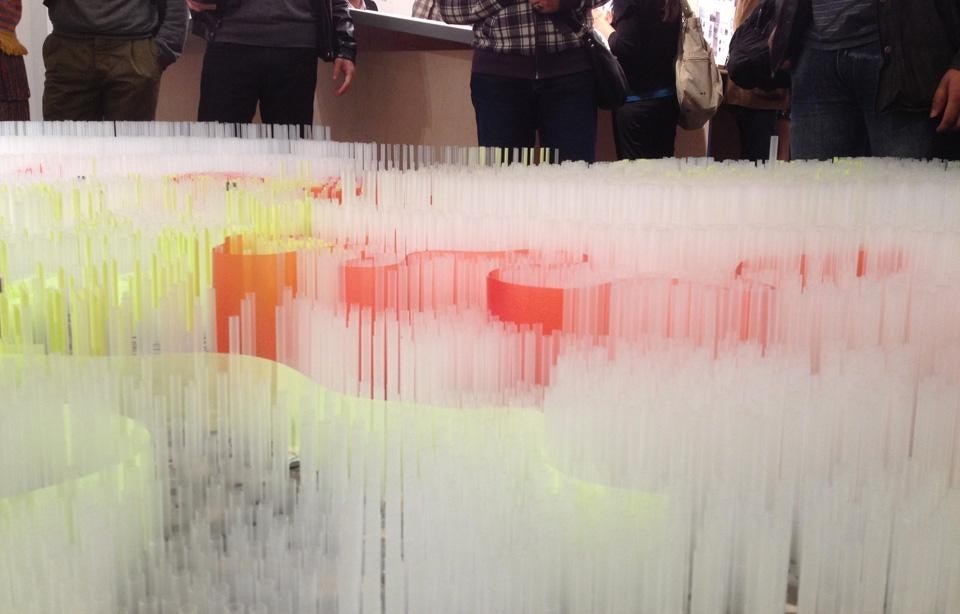"During the next 10 years, many regions will experience water challenges — shortages, poor water quality, or floods — that will increase the risk of instability and state failure, increase regional tensions, and distract them from working with the United States on important U.S. policy objectives. Between now and 2040, fresh water availability will not keep up with demand absent more effective management of water resources. Water problems will hinder the ability of key countries to produce food and generate energy, posing a risk to global food markets and hobbling economic growth. As a result of demographic and economic development pressures, North Africa, the Middle East, and South Asia will face major challenges coping with water problems."
Incidentally, the very evening that the assessment went public, the exhibition Drylands Design opened at the A + D [Architecture + Design] Museum in Los Angeles. The exhibition is a collection of works by architects, landscape architects, engineers, and urban designers, which responds to the inevitability of water scarcity in the face of climate change. The show's focus is on arid lands in the U.S. West, but its implications resonate far beyond a coast, continent, or climate.
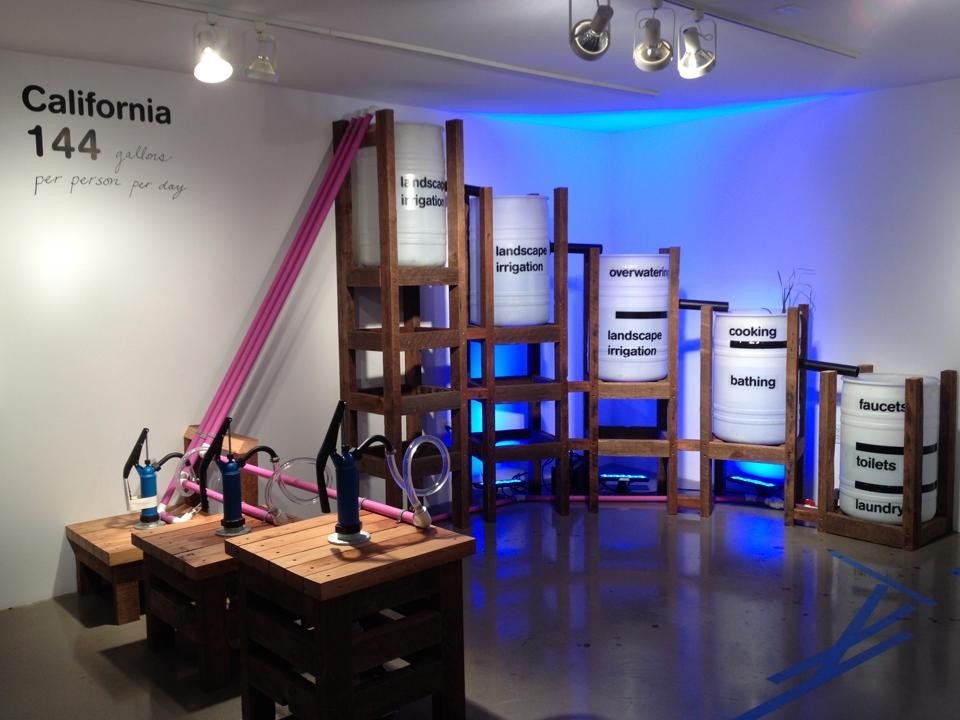
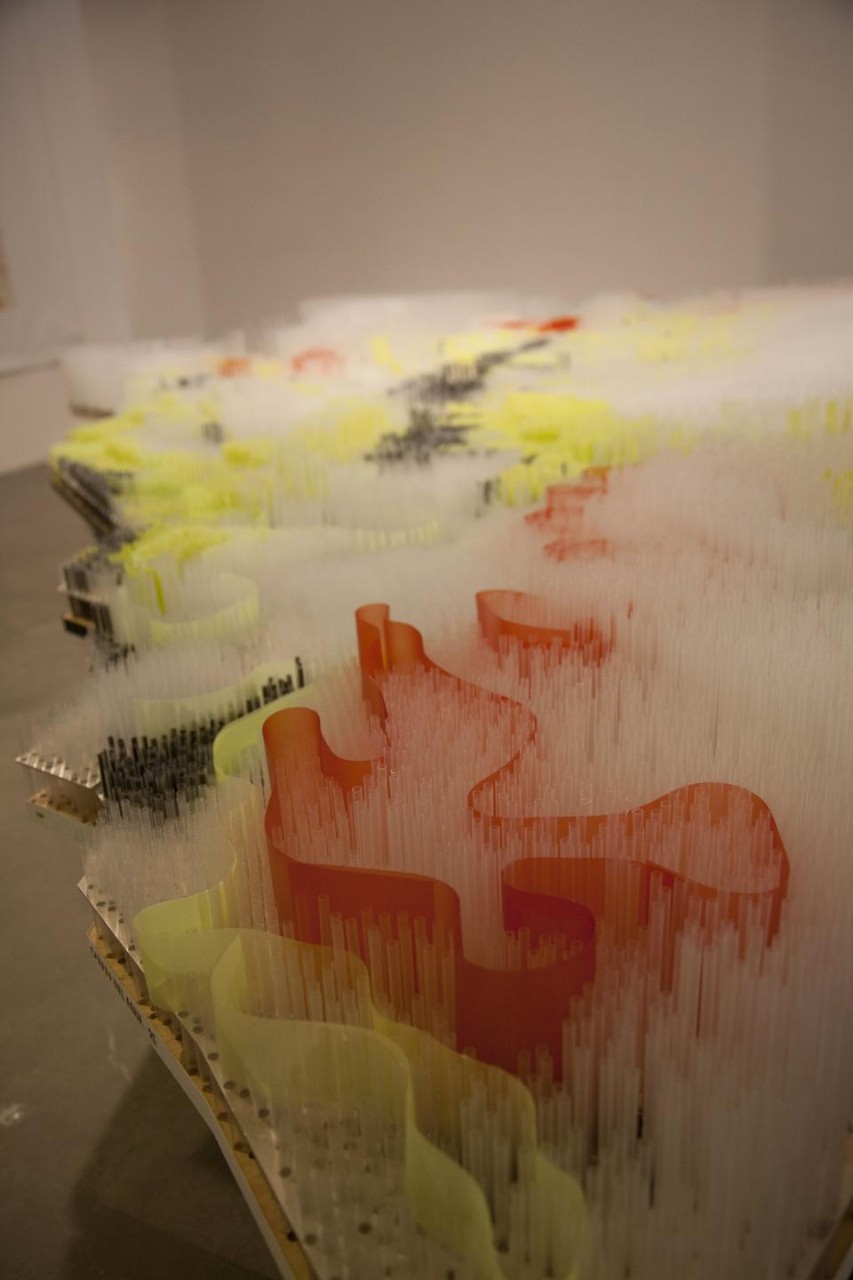
Water has the potential and demonstrated ability to be used as a weapon, a political tool for both negotiation and leverage; it can be the source of conflict. But, in most un-ironic terms, that stems from the fact that water is, first and foremost, a source of life. The source of life
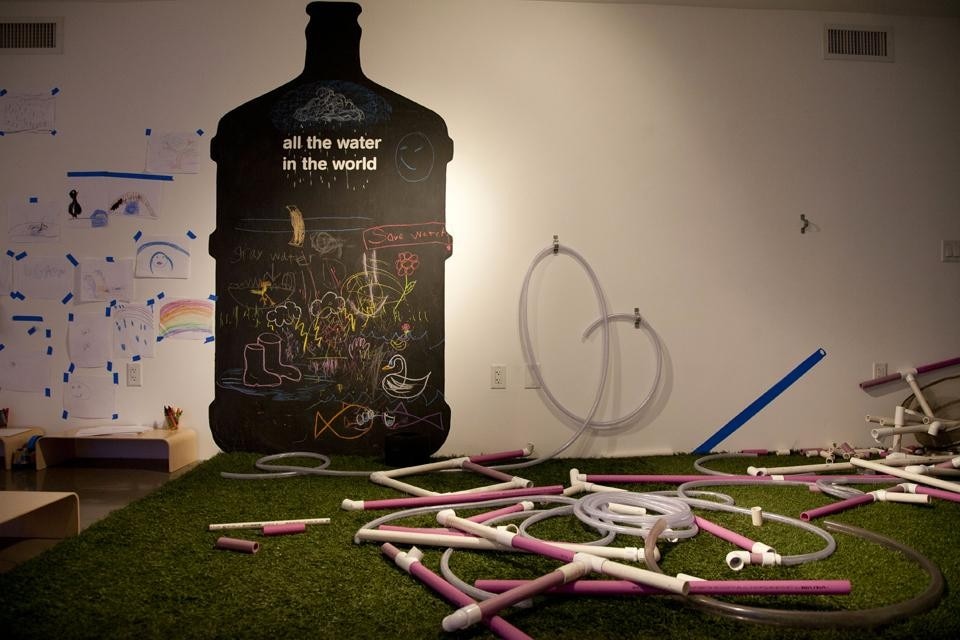
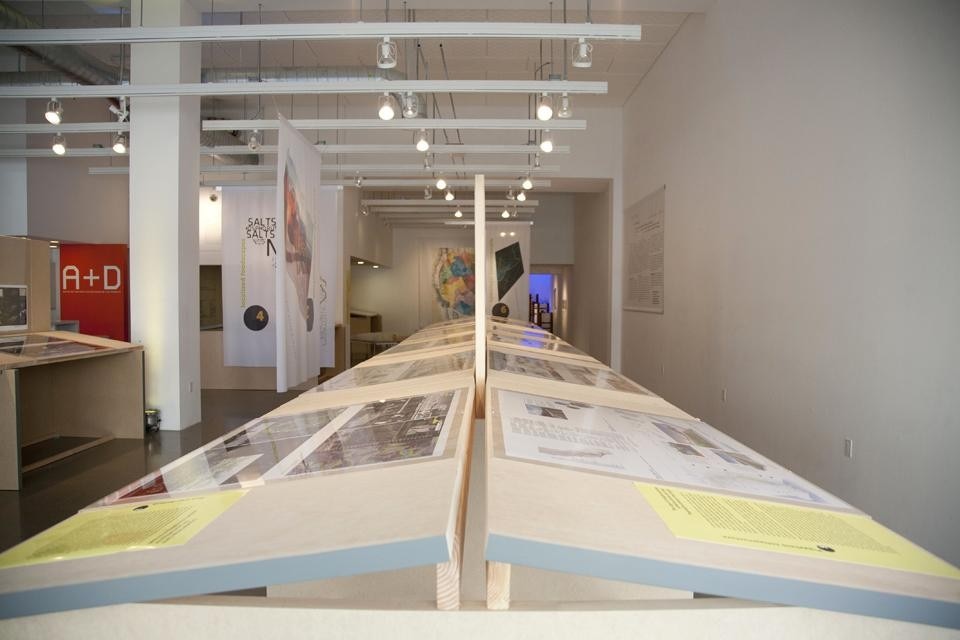
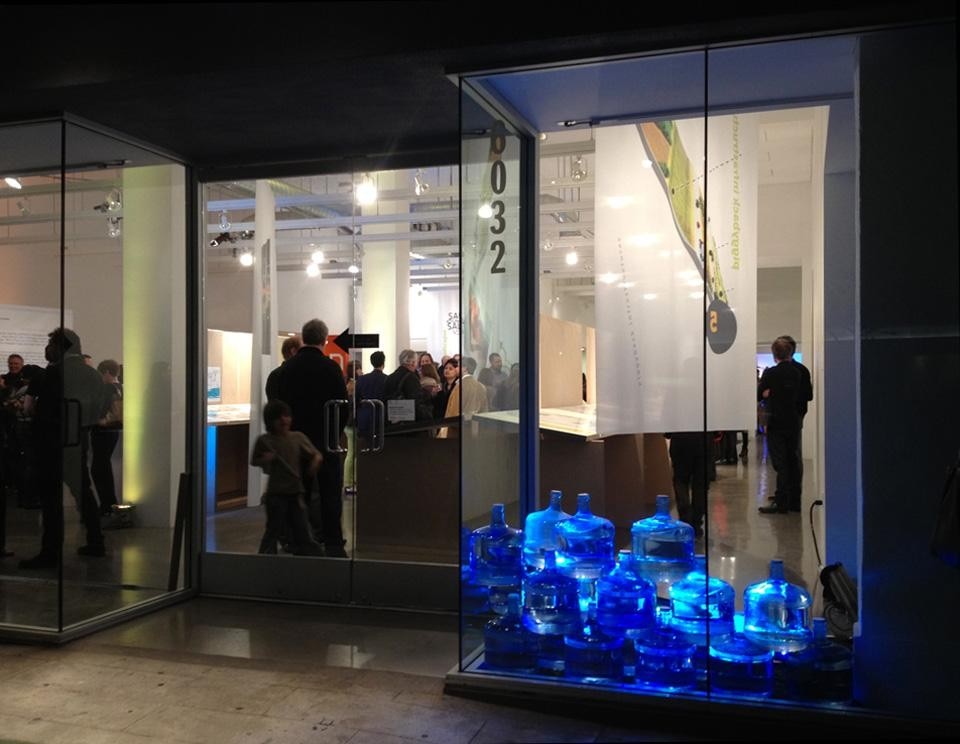
A+ D Museum
6032 Wilshire Boulevard, Los Angeles
Through 26 April 2012


